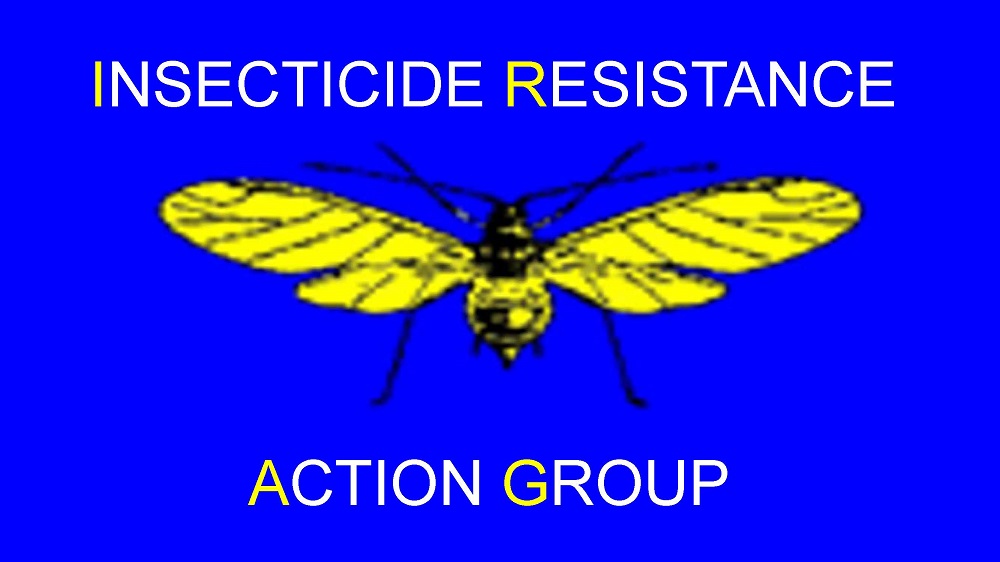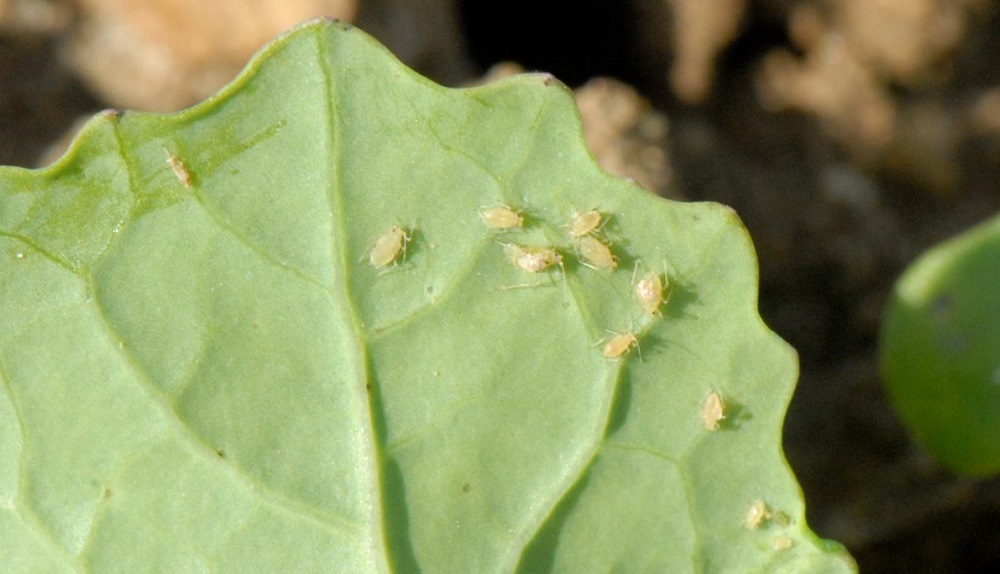- Home
- Knowledge library
- Monitoring and managing insecticide resistance in UK pests
Monitoring and managing insecticide resistance in UK pests
Summary
Downloads
21510015 Annual Project Report (2023-24) 21510015 Annual Project Report (2022-23) 21510015 Annual Project Report (2021-22) 21510015 Annual Report (2020-21) 21510015 Annual Project Report (2019-20) 21510015 Annual Project Report (2018-19) 21510015 Annual Project Report (2017) 21510015 Annual Project Report (2016) 21510015 Annual Project Report (2015) 21510015 Annual Project Report (2014) 21510015 Annual Project Report (2013) 21510015 Annual Project Report (2012)About this project
The sensitivity of key pest species to insecticides is monitored by this long-term project. The results show which active ingredients are affected by insecticide resistance. The information can be used to inform management strategies and minimise the risk of control failures. The project helps to retain the availability of effective pesticides and provides robust scientific support to the regulatory decision-making process.
Live insect sampling, across Great Britain, relies on the continued involvement of stakeholders, including agronomy and agrochemical companies and sub-contractors.
Bioassays, conducted on the live insect samples, are used primarily for the monitoring. This approach is most effective because it provides an early indication of any reduced sensitivity to previously un-resisted insecticides. It is also independent of the need to know the exact mechanism of resistance.
For some established resistance mechanisms, DNA-based diagnostics, which are specific for the mutations associated with particular resistance traits, are also used. Developments in diagnostics are incorporated within the work, as they become available (e.g. through other projects at Rothamsted Research).
Samples of peach–potato aphid (Myzus persicae) are screened for their response to cyantraniliprole, esfenvalerate, flonicamid, lambda-cyhalothrin, neonicotinoids, spirotetramat and sulfoxaflor. Screens are also conducted on other important aphid pests: potato aphids (Macrosiphum euphorbiae), currant–lettuce aphids (Nasonovia ribisnigri),willow–carrot aphids (Cavariella aegopodii), grain aphids (Sitobion avenae), bird cherry–oat aphids (Rhopalosiphum padi), and rose–grain aphids (Metopolophium dirhodum), when suspected insecticide control failures occur. Baseline bioassay data is being established for the relevant insecticides.
The project also now includes resistance monitoring in other important UK insect pests. These include cabbage stem flea beetles (Psylliodes chrysocephala), pea and bean weevils (Sitona lineatus), pollen beetles (Meligethes aeneus), diamond-back moths (Plutella xylostella), silver Y moths (Autographa gamma) and onion thrips (Thrips tabaci).
Guidance is made available to advisors, growers and the scientific community through the Insecticide Resistance Action Group (IRAG-UK).
Other routes of communication include articles in the trade press, presentations to growers and agronomists, and papers in refereed journals and conference proceedings.
Also...
Project update at the Agronomists' Conference 2022
Project funding update
Due to its strategic and cross-sector importance, Defra will fund this project from the 2024/25 project phase and publish the corresponding annual reports.



